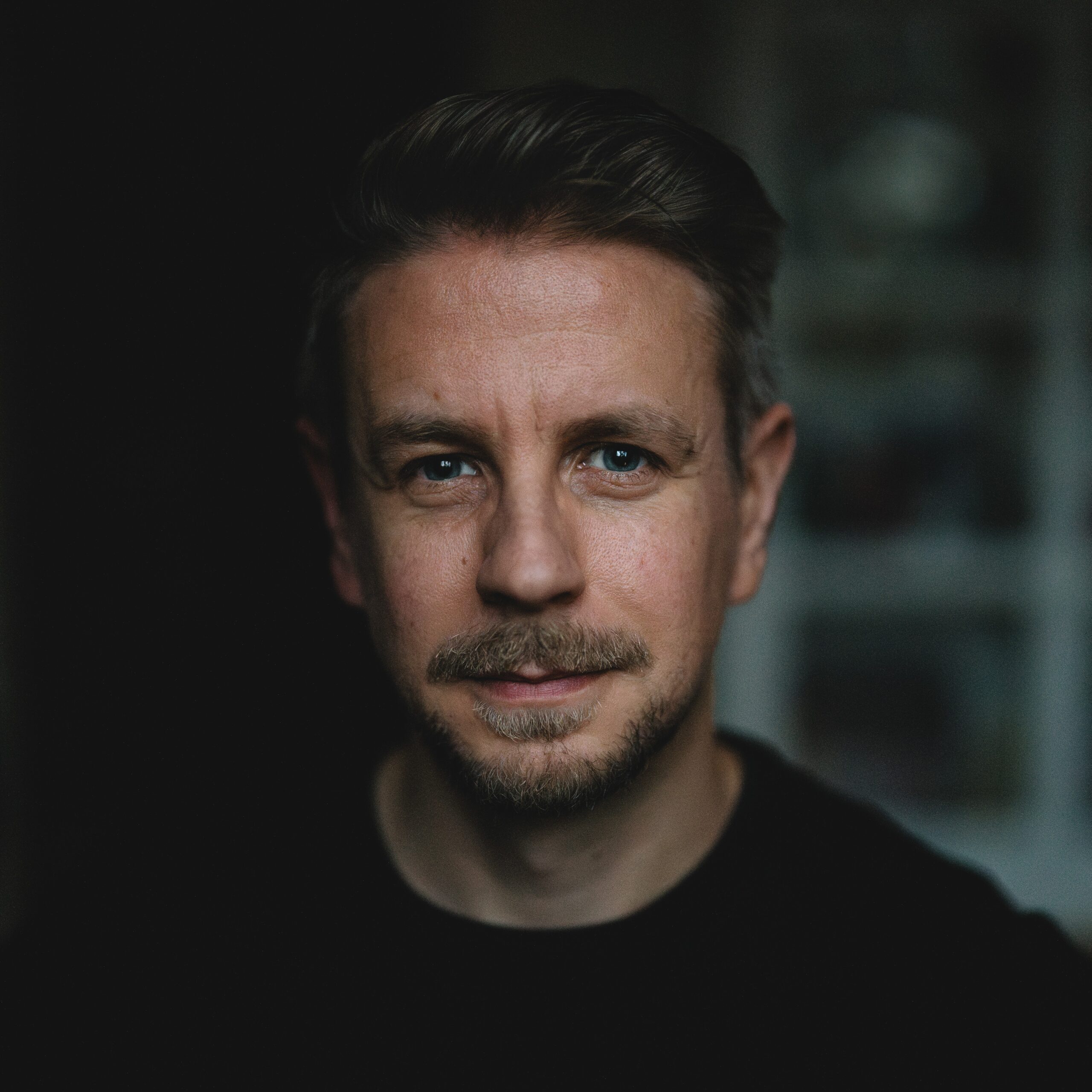Q: The commitment to shoot over 1,000 consecutive days is a monumental feat of discipline. How did this constraint shape your creative vision? Did you ever feel this pressure to produce an image daily was at odds with the project’s theme of patient observation?
This project would not have come about without this daily commitment, as the project grew organically and over time out of the work I produced as part of that routine. After about a year of consecutive daily photography the themes of the project coalesced and after that each day was an opportunity to further refine and explore those themes. For me, this way of working also echoed the themes I was exploring as I returned over and over to the same places, finding new perspectives and how the landscape was transformed by the change imposed by humans as well as by nature and the seasons. What was a constraint viewed as a singular day transformed into a possibility over time. In that sense, it quickly stopped feeling like pressure, and instead became freeing. Not all photos I made would end up in the book, but whatever I did on a particular day would get me closer to the photos that did.
Q: How does this awarded project reflect your personal artistic vision or voice? What specific feeling or message did you want to communicate about the relationship between human industry and nature’s embrace?
For me this is a deeply personal project, and it became even more so in the editing process. I grew up in a mining town and spent a lot of my youth exploring industrial areas. I’ve always been fascinated by how industry imposes itself on the natural landscape and shapes our understanding of it, as well as the unexpected beauty that can be found where nature and industry meet. Over time I have become more and more interested in exploring the way industry shapes not only nature, but the culture and communities that surround it, and the compromises and choices that are made as society trades nature for profit, growth or technological advances.
Q: Your work is described as navigating spaces between “death and rebirth.” How did your technical choices visually communicate this delicate, liminal state? Was capturing the “haunting stillness” a technical or a philosophical challenge?
Both, I would say. From the point of view of visually representing these themes in the book, I wanted to focus on the dark of winter, as I felt this played with the mythology of the north of Sweden as largely devoid of people and trapped in the dark, the snow, and the cold. At the same time I also wanted to show the traces of human activity and ambition imprinted on the landscape. While the people in the book are only there as shadows, as memories, or at a distance, ’humanity’ is still very much present in the photographs. From a more technical standpoint this meant embracing the worst weather, the darkest nights and the coldest parts of the year, which in turn opened up so much, both creatively and thematically, allowing the book to move between light and darkness.
Q: Winning Non-Professional Book Photographer of the Year validates not just a single image but a sustained, curated body of work. What does this recognition represent for you?
It means a great deal. Of course, on a personal level, to have your photography recognised is always a validation of your work that adds a boost of confidence and inspiration going forward. But I’m also particularly happy with this award because the book is the result of a really intense creative collaboration with my editor Daniel Agee and with our designer André Mora. Having the book awarded feels like a recognition of their amazing work as well, and a validation of the chance they took on publishing ’A Surrender’ in the first place.
Q: For photographers aspiring to create a long-term, deeply personal project that could become a monograph, what is the most important advice you can offer from your experience with “A Surrender”?
I’ve learned so much in the making of this work, but off the top of my head two things. First, if you are persistent and patient, time may become your creative friend. Second, work with what you have, in terms of subject matter, your surroundings, your personal perspectives and your equipment. Both those insights ended up helping me a lot in this process.

